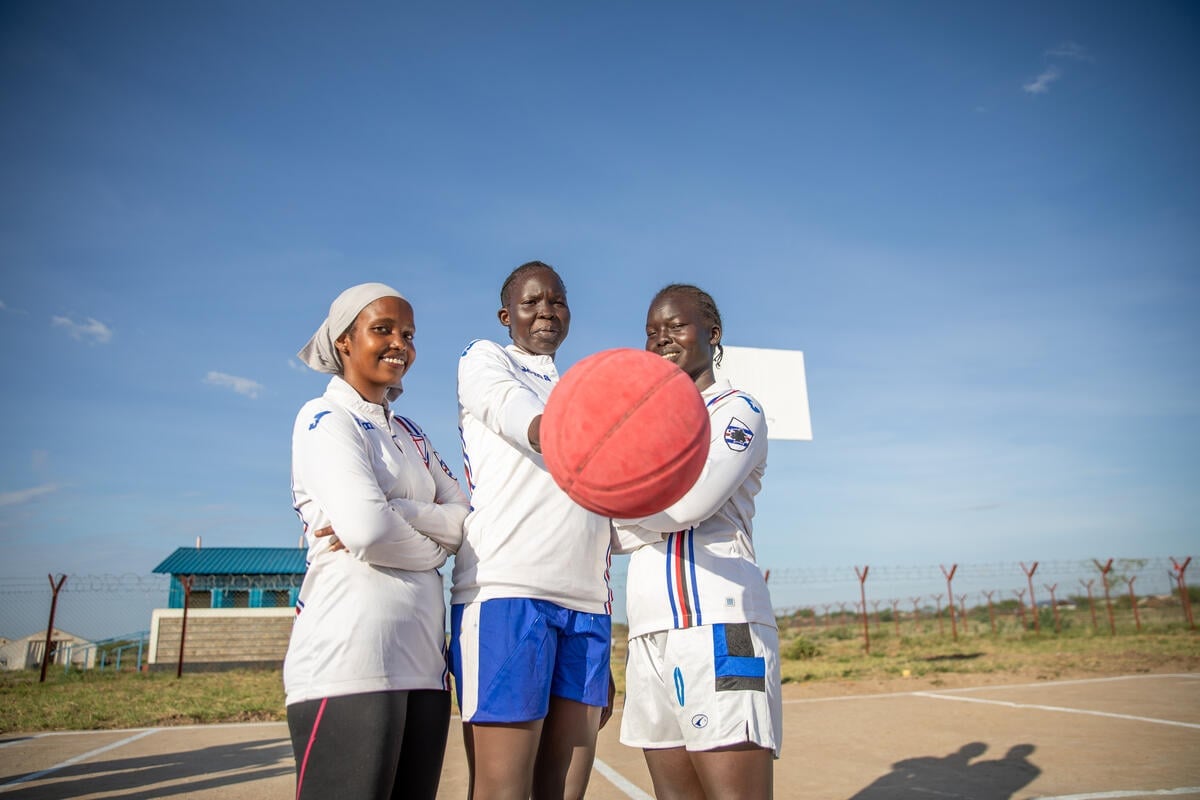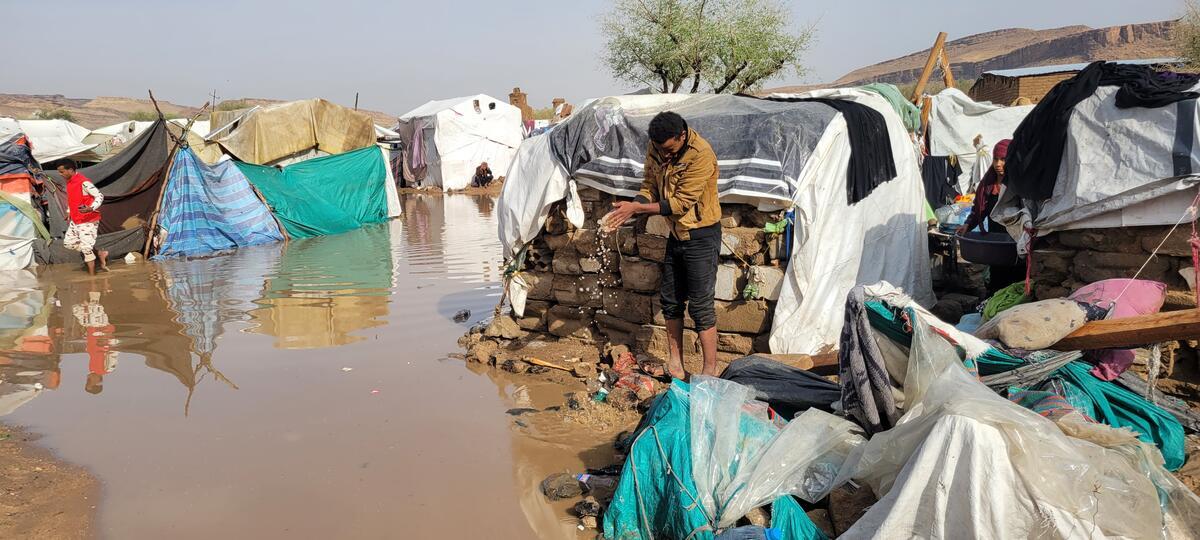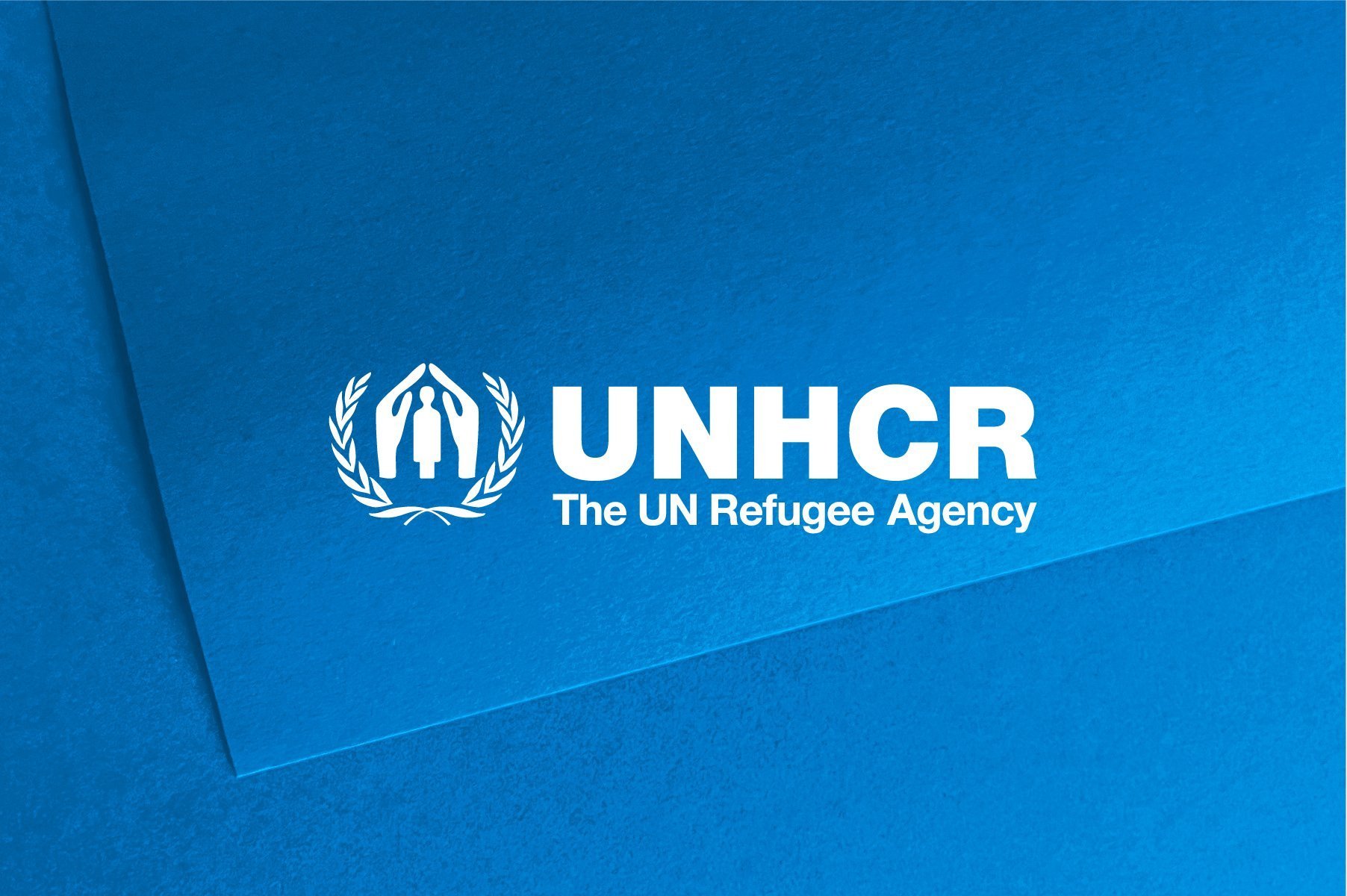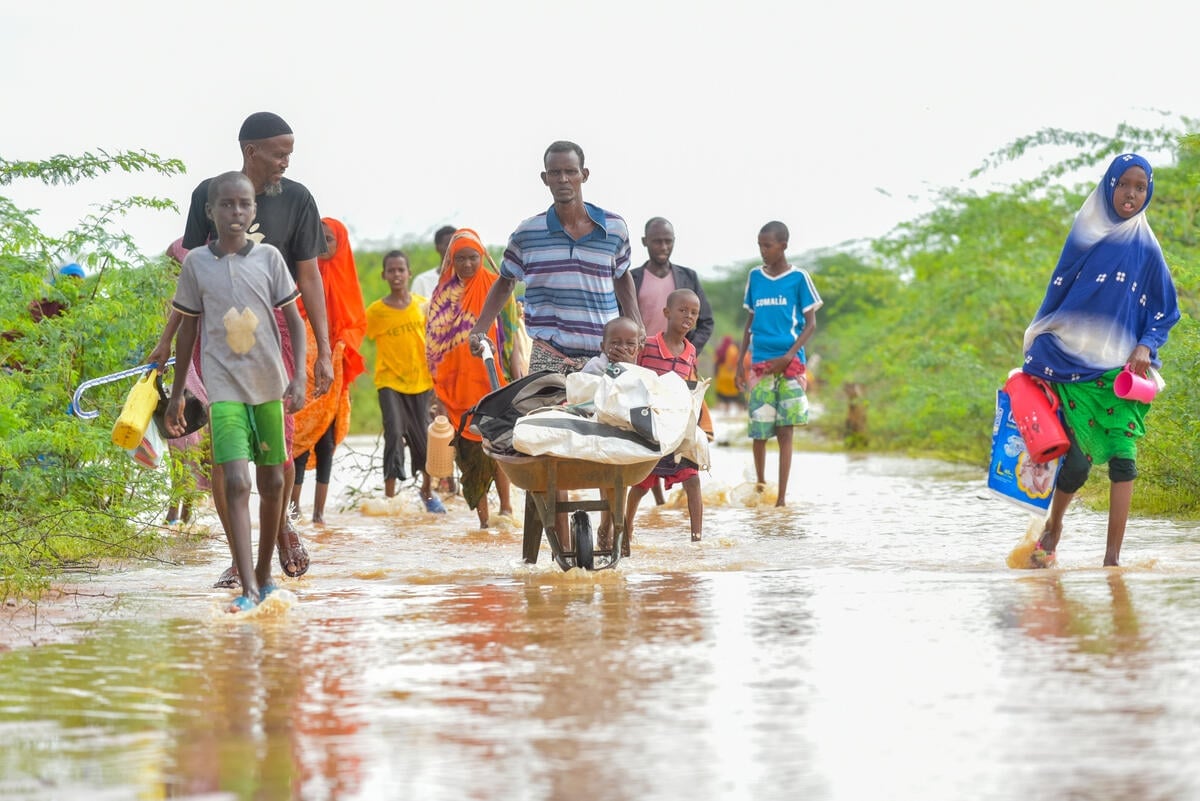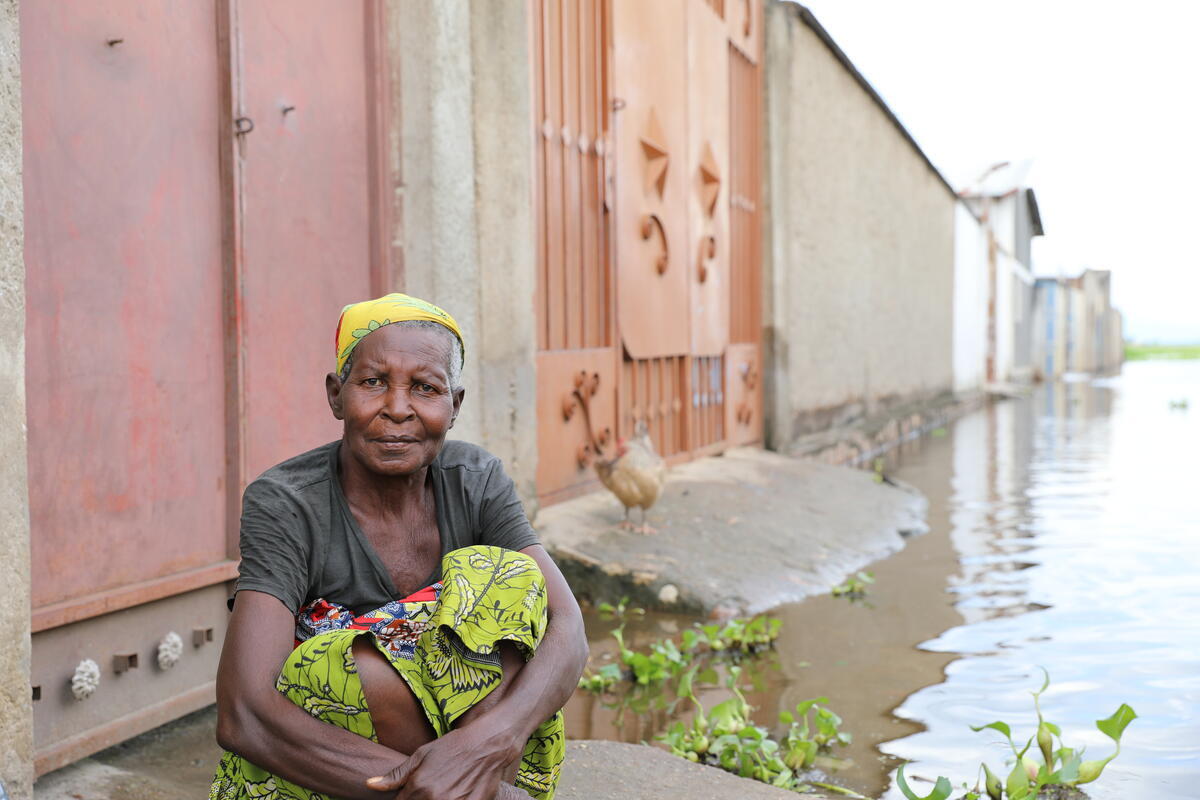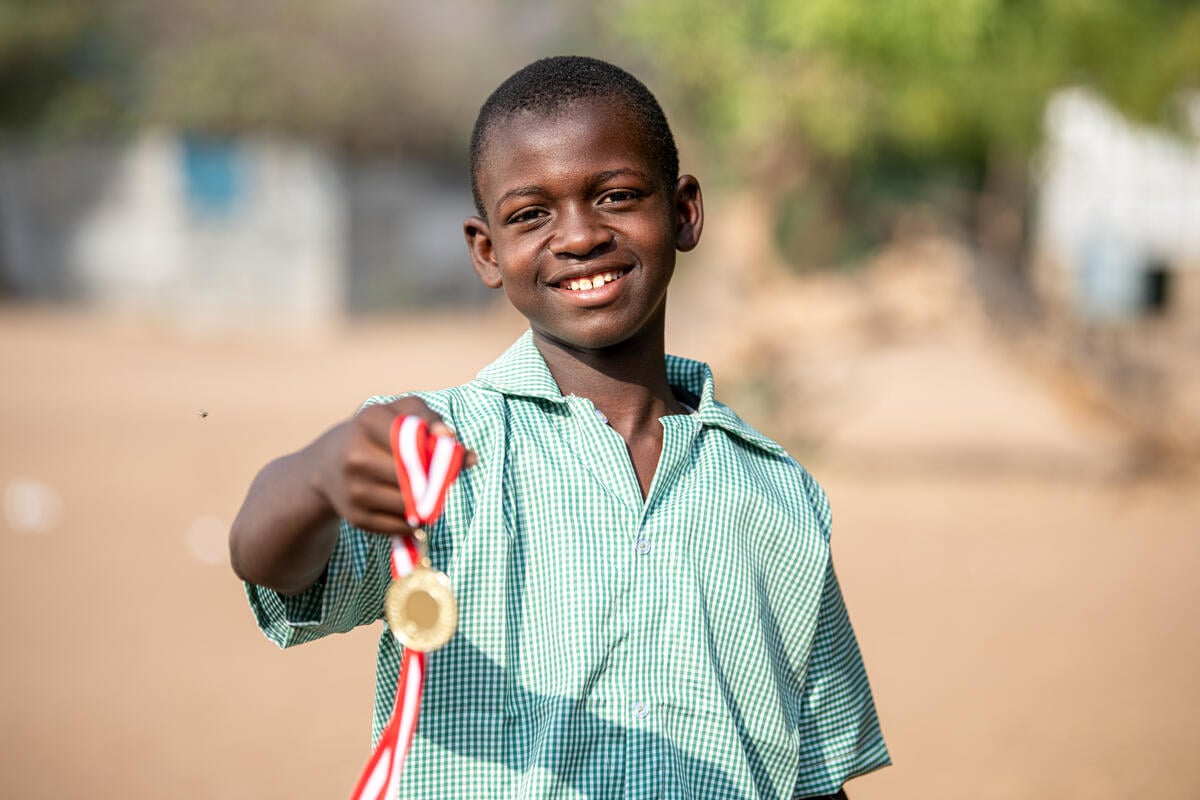Somali refugees pin hopes on camel-herding - in snowy Norway
Somali refugees pin hopes on camel-herding - in snowy Norway

OSLO Jan. 26 (UNHCR) - Camels are rare in Norway, mostly seen in papier-mâché form during Christmas pageants, but a group of Somali refugees resettled in the Norwegian countryside is now hoping to keep as many as 20 of the humped animals.
"Many of my friends just simply cannot wait until the camels get here," said Abdirahman A. Isman, a refugee from Somalia who has lived in the rural municipality of Loeten for eight years.
Keeping camels in Norway might sound a bit eccentric, but the hope is that these camels will create jobs and improve the integration of refugees resettled to Loeten.
"Many of our refugees, particularly those from Somalia, have extensive knowledge and experience in camel husbandry, and why shouldn't we - an agricultural community - use this resource to our benefit?" asked Wenche Stenseth, in charge of integrating refugees in Loeten.
Despite Norway's bone-chilling winters, camel species native to Mongolia and Tibet should have no problems coping with snow and sub-zero temperatures, she said.
As Loeten, some 120 kilometres (75 miles) north of Oslo, is also vying to become a major ski resort with hundreds of lodges and holiday apartments, many are hoping the camels would become a tourist attraction too.
"We think this is a great idea," Isman said, who kept a herd of around hundred camels in Somalia before being forced to flee his native country.
"Visitors could come here to ride the camels, buy souvenirs of camel hide and hair, eat and drink camel meat and milk, which are very tasty," he added.
The plan is to keep the camels at local farms, where they would be jointly taken care of by farmers and Somali refugees. An additional benefit of this set-up is that it would aid in the integration of the local Somali population as well, Stenseth said.
Norway annually welcomes 1,500 UNHCR refugees for resettlement, and every year about 10 of these find a new home in Loeten.
In total, the township of 7,500 has received several hundreds of refugees over the years, and now has large and vibrant international community that includes many immigrants as well.
"They really constitute a massive resource, and we are stupid if we do not take advantage of that," said Stenseth.
"All refugees in Loeten want to get a job, contribute and pay their taxes to the society," she added. "Camel husbandry can create many new jobs within various fields, not only for refugees but for all. It's only our minds that set the limit."
Stenseth has just sent an application to the Norwegian Directorate of Integration and Diversity (IMDI) for a grant of some $125,000 for a feasibility study on the project, and both she and Loeten's Somali population are eagerly awaiting its outcome.
"Even though it might be a bit unusual, we see this as an ordinary application for financial support and will process it accordingly," said Geir Halmrast, head of IMDI's operations in eastern Norway.
"Generally speaking, we see it as very positive that people consider new and innovative ways to improve integration, particularly when these build on the resources and skills of the refugees," he concluded.
By Paal Aarsaether in Oslo, Norway


